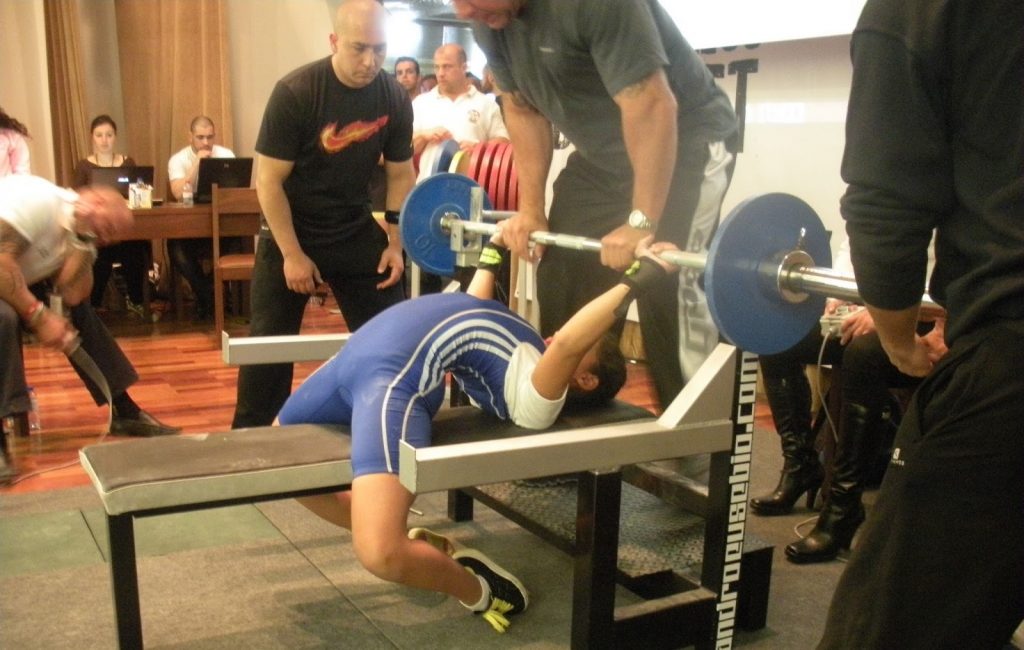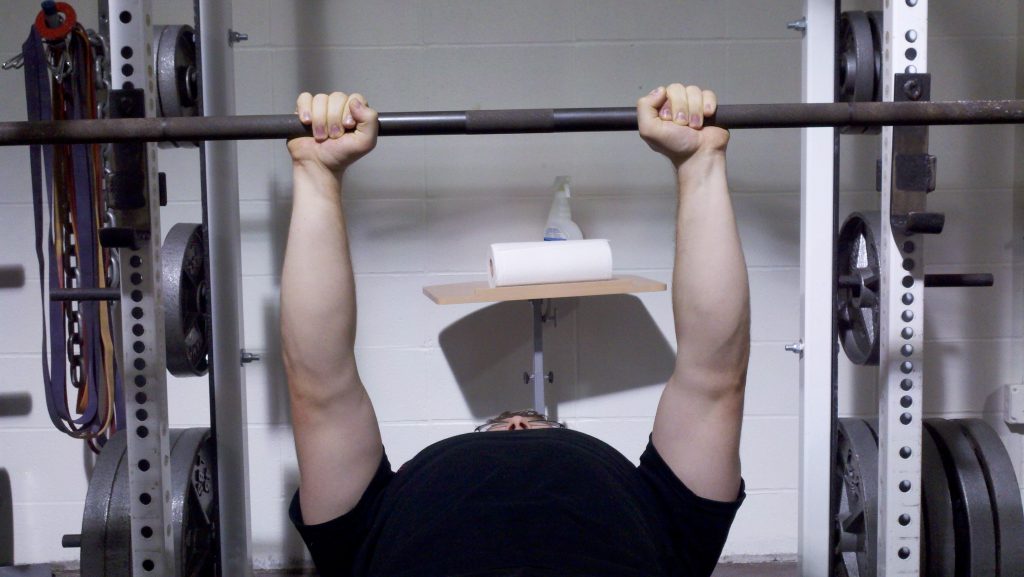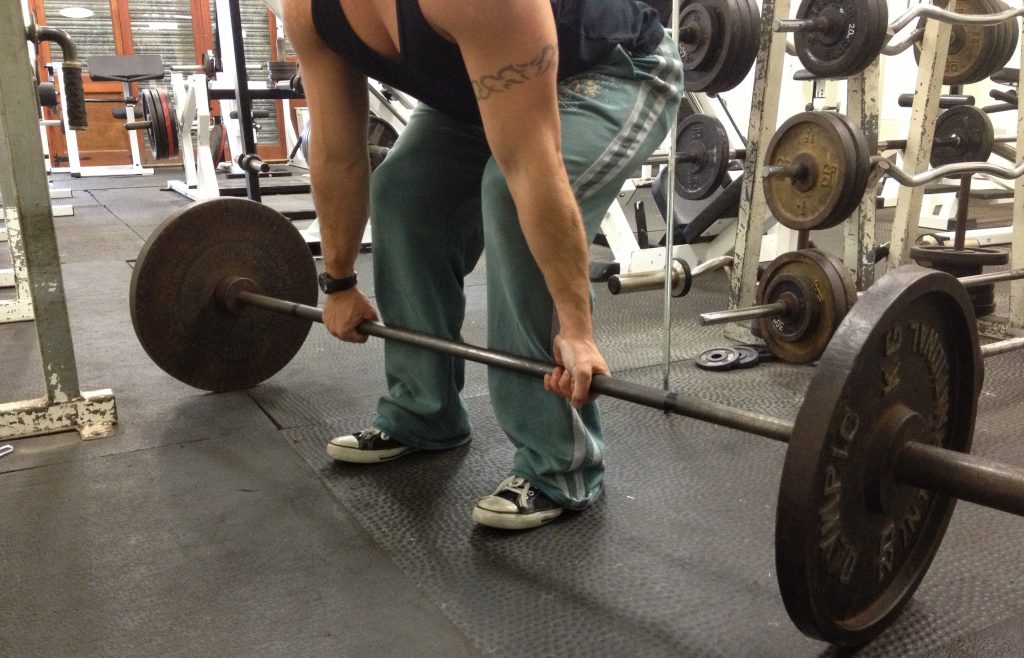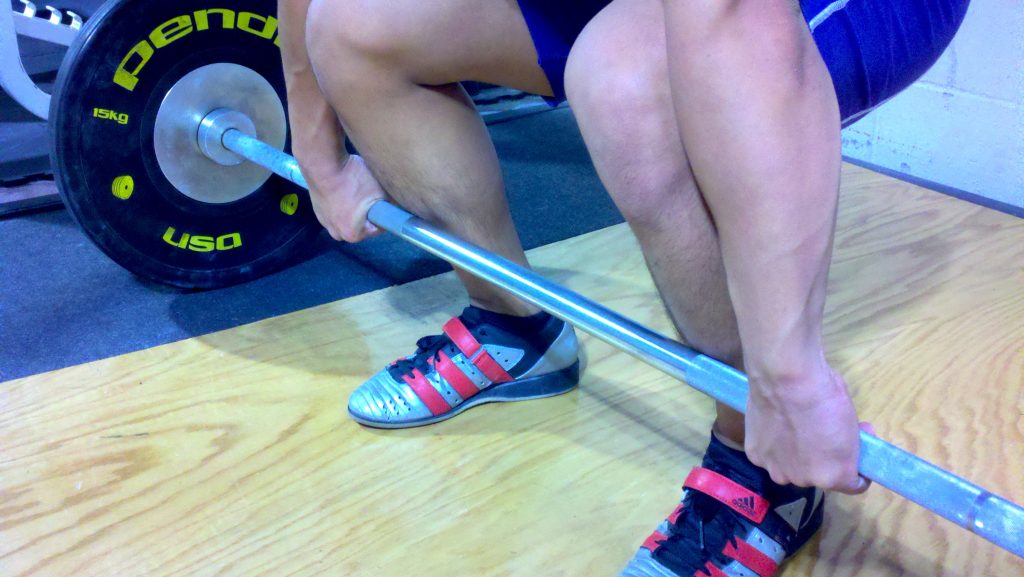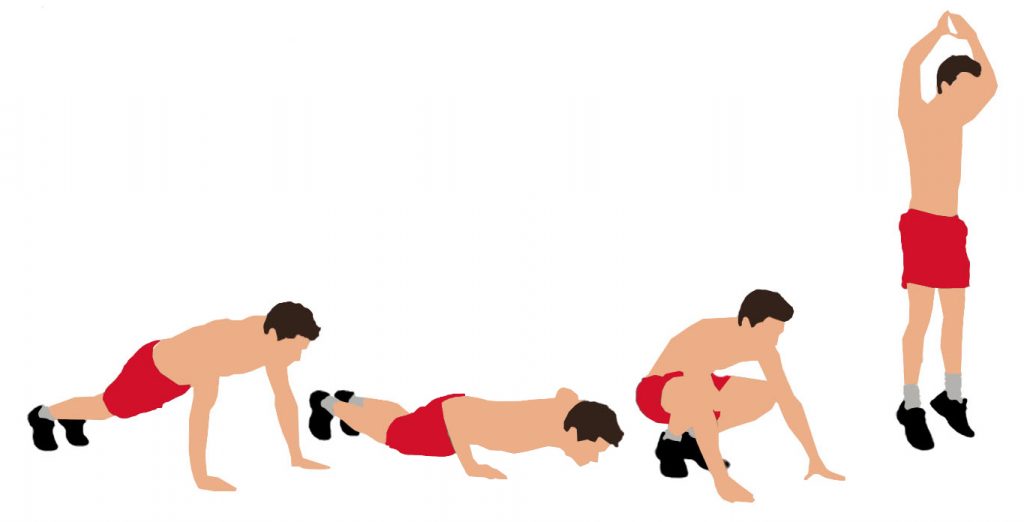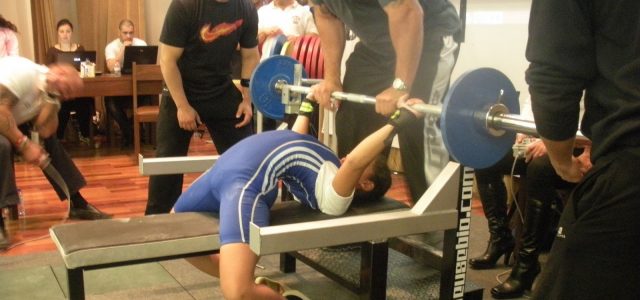
The funniest thing ever said by a movie critic was, “I’d only change two things; the first half and the second half.”
Funny, but so often true. I often feel similar about the gym. The only thing wrong with how you’re doing the big three Olympic lifts is in your downward and upward movement. (That’s the whole exercise, get it?)
You can lift however you want. The body is strong enough, but if you are looking for ways to tweak up your focus, these simple solutions could do the trick.
We’ll stick to the basics, the big three and one bonus exercise. We’ll cover: what you’re doing wrong, what’s wrong with it, what you should try instead and the logic behind the change.
Squats
Much advice is given on squat technique. Most of it errs on the side of conservative advice, which is fine. If you have no desire to push yourself and aren’t afraid of creating unintentional imbalances, then go on with your rules. But, there are perfectly logical reasons to ignore the rules.
What you’re doing: You are not allowing your knees to pass your feet. Somewhere, someone told you that if you did this the Russians would finally win the Cold War, so you push your butt so far back you nearly fall on said tuckus every time.
What’s wrong with it: Your body is designed to squat down. Here’s how we know. Before the creation of the modern toilet or it’s esteemed predecessors, early humans would squat to relieve themselves. Not having this ability means you are limiting the mobility in your lower legs and likely the rest of your body.
What you should do instead: Without added weight, you should see if you can hunker all the way down. Don’t initiate the movement at your knees. Break at the hips. The knees won’t technically pass the feet until the end. Your heels should stay down. Before you go crazy adding weight, you should spend some time in this position.
Why: Most modern human cannot get into the proper position for the aforementioned relief. This is fine if you intend to do all of your business in a modern bathroom, but it cannot be asserted that there is something wrong with the knees
Benchpress
It could be argued that the benchpress is the exercise most frequently done incorrectly. Mathematically, this works out. Bench is the default exercise for any man who’s just getting back to the gym after any break, even a long weekend. It’s always national chest day. On any given day at the gym, someone is waiting to use the bench.
What you’re doing: You are gripping that bar wide, flailing your elbows because you want full muscle fiber activation. Plus, your buddy told you that a wide grip is how you make your chest grow wide.
What’s wrong with it: Your chest, will grow according to your genetics and the stimulation you apply. Trying to make your chest grow wide by gripping wide is like trying to blow a round balloon into a square shape. The shape is mostly predetermined, outside the impact of volume.
What you should do instead: More volume. If you want a big chest, you should volumize your workouts and your meals. To grow your chest you need building blocks, mortar and time. Not literally, of course, but figuratively. Food is your building blocks in the body. You can’t grow a wall without bricks. You can’t grow your chest without food.
Why: That’s just how it works. Oh yeah, and all those wide grips and elbow flying out? You are cutting your usable shoulder years with every repetition.
Deadlift
It may be true that deadlifting is the best exercise ever, but if you’re going to make your invested time worth it, you’d be wise to consider some adjustments to your technique. Wide stance, turned out stance, is not as important as other factors. There are too many moving parts to cover them all, but here’s one you should reconsider.
What you’re doing: Stop flipping on hand over in a mixed grip. You’re flipping one hand because that’s what the big boys do, but unless you lifting with the big boys, the value is lost.
What’s wrong with it: When you go to pick up things in the real world it is highly unlikely that you will find items you can grab in this way. Most of them will be boxes or awkwardly shaped heavy items.
What you should do instead: Pull that bar with both hands in an overhead grip. Create tension by bending that bar like Superman. (You won’t.) Your shoulder blades should both be seated in your back pockets.
Why: This creates tension from your hand to your shoulder. You will need this to pick things up.
Burpees
For good measure, here’s one that everybody does one way, but I want you to try something else. There are many variants to the core burpee, like jumping up to a pull-up or adding windmills into the push-up. That’s all fine and good. You can add sprinkles if you’re a sprinkles sort of lifter. The meat and potatoes of a quality burpee are the squat and thrust.
What you’re doing: When you drop to your hands, you put your hands outside your knees, thrusting back.
What’s wrong with it: Unless you are super-flexible, your back will round. This is fine with no weight added, but as soon as you start adding dumbbells you are straining your back. When it comes to how your back relates to your pelvis, you want to reduce flexing or extending under load.
What you should do instead: Plant your knees outside your hands. Let your stance stay wide, about shoulder-width. When you drop into your squat, push your knees out, keeping your back flat. Thrust into your plan from this strengthened platform. Keep those hips off the ground and tighten those glutes.
Why: Your back will thank you.
Ultimately, you should get professional help for proper lifting technique. You should consult physicians before starting any program, but if you are determined to work by yourself anyway, then try these tweaks.
As long as you are not lifting maximally, which you should never do when trying a new technique, you can decide for yourself if these changes are beneficial to your lift or not.



